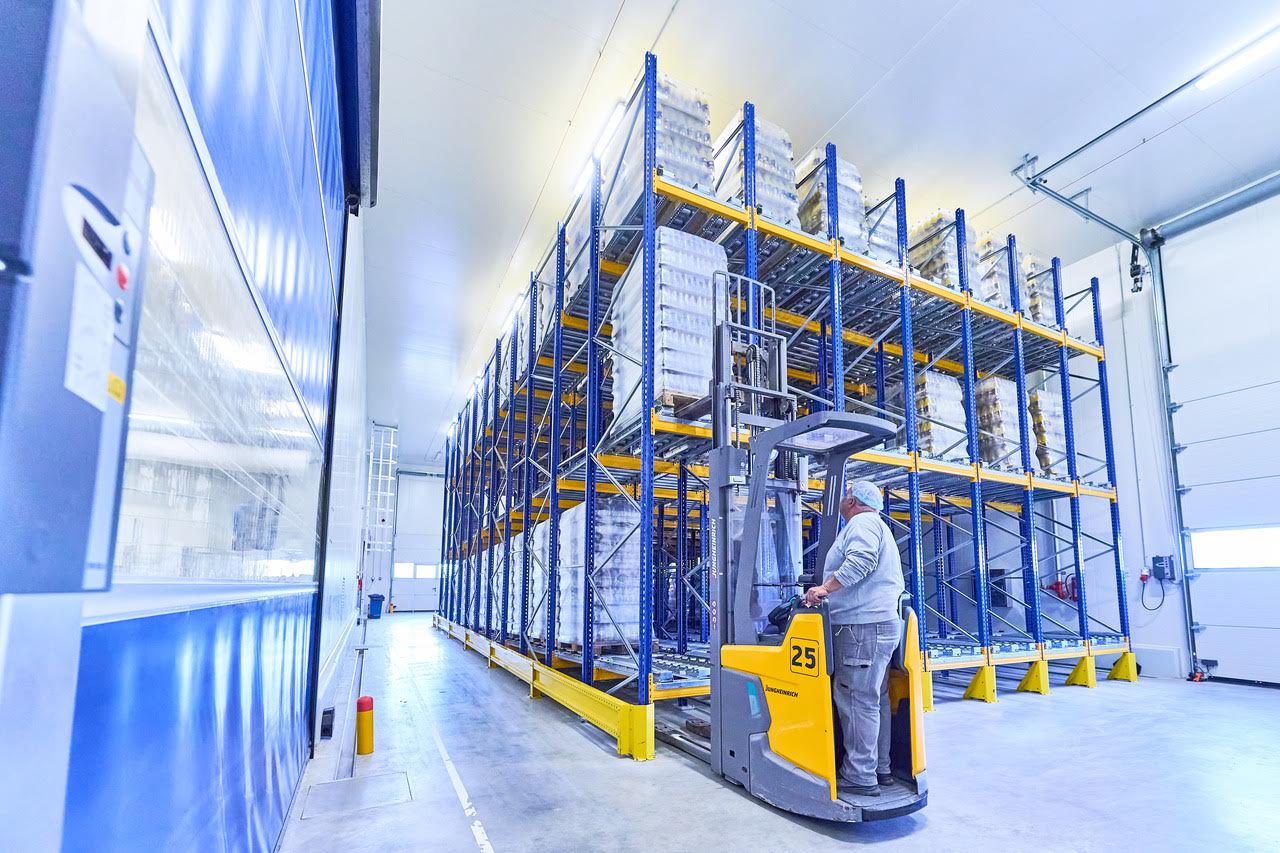Indeex Use Cases
Indeex Use Cases

About Course
In this course, you’ll explore real-world industry challenges faced in production environments. We’ll show how the Indeex Digital Twin platform addresses these problems with practical solutions. You’ll dive into use cases covering efficiency, cost reduction, sustainability, and process optimization. Each module presents actual numbers and measurable benefits achieved by Indeex users. By the end, you’ll gain insights on how to apply these proven approaches to your own operations.
Course Content
Limited Packaging Line Visibility
-
Limited Packaging Line Visibility
